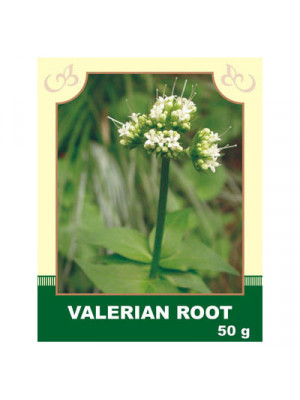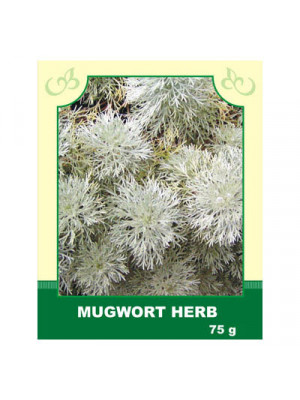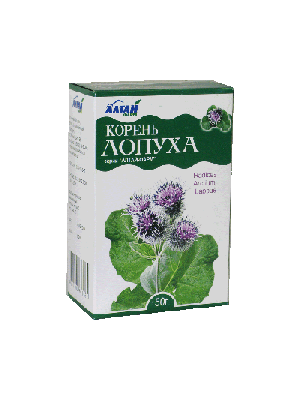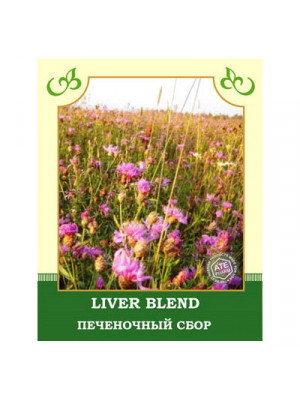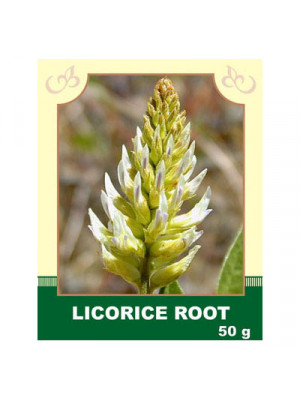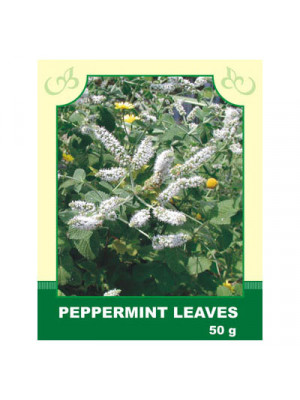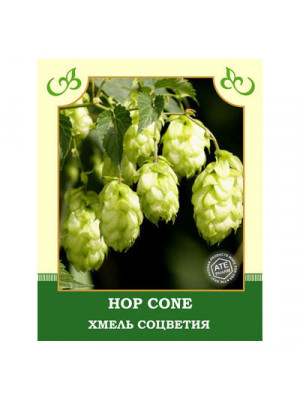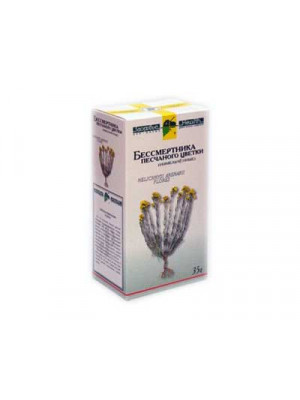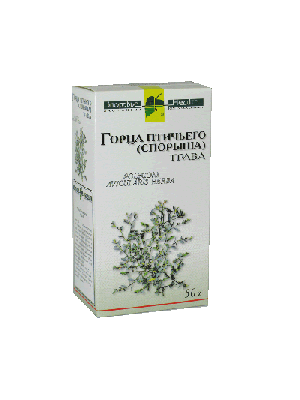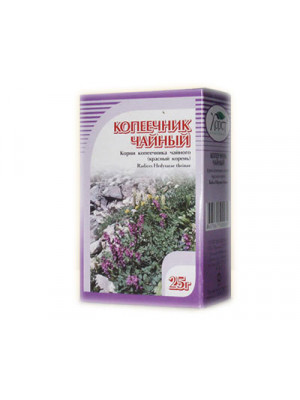Dry Herbs & Berries
If you like to use a lot of dry herbs and berries to create teas, wellness pads and an assortment of other items for well-being, our dry herbs and berries can provide you with a quick way to do it on your own. Each packet contains the herbs or berries of your choice that were freshly grown, chopped up and dried to perfection. Every herb and berries packet is 100% natural, with no artificial preservatives or added fillers. You're able to create a tasty blend with all that is provided from our large selection.
Internally, aqueous infusion and alcoholic tincture of the rhizomes and roots are used as a calming remedy for nervous excitement, insomnia, asthma, palpitations, seizures, spasms, hysteria, neuroses of the cardiovascular system accompanied by pain and spasms of coronary vessels, for nervous diseases of the stomach and intestines, skin diseases on a nervous basis, and other nervous disorders. They are also used for headaches of nervous origin and inflammation of the sciatic nerve.
Method of application and dosage: 2.5 tablespoons of roots are poured with 200 ml of boiling water, infused for 45-60 minutes, strained. Boiled water is added to the obtained infusion to the original volume. Take 2-3 tablespoons 3-4 times a day, 30 minutes after meals. Tincture: 1 part valerian roots and 5 parts 70° alcohol or vodka, infuse for a week, strain. Take 15-20 drops 3-4 times a day.
Contraindications: Individual intolerance. Nausea and vomiting may occur in case of overdose.
$6.99Internally, the infusion is used to stimulate appetite, as an analgesic and sedative in cases of neurasthenia and intestinal colic. Applied as an infusion for gastritis, insomnia, spasms, and bronchial asthma in kidney stone disease.
Method of application and dosage: Steep 1 teaspoon of wormwood in ¼ liter of boiling water and infuse for 10 minutes. Cool the tea and drink three times a day, one cup after meals.
Externally, applied as compresses, rinses, and local baths for inflammation of the mammary glands, quick maturation of boils, toothache, and foot sweating.
Contraindications: Individual intolerance, anemia, pregnancy. Consultation with a specialist is recommended before use.
$6.99Internally, the root is taken as a diuretic and cleansing agent in the following cases:
- For diseases of the urogenital organs;
- In gout, rheumatism;
- In diabetes;
- For hemorrhoids;
- In chronic constipation;
- For menstrual irregularities;
- In the treatment of skin diseases;
- For allergic reactions.
Method of application and dosage: Steep 1 tablespoon of roots in 200 ml of boiling water, heat in a water bath for 30 minutes, infuse at room temperature for 10 minutes, strain. Bring the infusion to the original volume with boiled water and take internally 1/2 cup 2-3 times a day before meals.
Externally, the root is used:
- Against hair loss and dandruff;
- In the treatment of eczema, ulcers, and purulent wounds;
- For inflammatory processes of the mucous membrane of the oral cavity, throat.
Steep 1 teaspoon of roots in 400 ml of boiling water, infuse for 8-10 hours.
Contraindications: Individual intolerance.
$6.99Composition: marigold, flax seeds, yarrow, watercress, licorice, flax seeds, milk thistle fruits.
For liver diseases, gallbladder and bile ducts, hepatitis, cholecystitis, gallstone disease, helps remove cholesterol from the body.
$5.40Internally: Taken as an expectorant for lung diseases accompanied by cough; as an anti-inflammatory spasmolytic for gastritis, peptic ulcer of the stomach and duodenum; as a laxative and regulating water-salt metabolism in diabetes; as part of medicinal mixtures as a diuretic and laxative.
Method of application and doses: 1 tablespoon of raw material is poured with 200 ml of boiling water, boiled for 15 minutes in a water bath, infused for 45 minutes, strained, squeezing out the remaining raw material. The ready infusion is brought to the original volume with boiled water and taken in 1 tablespoon 3-4 times a day.
Contraindications: Individual intolerance, pregnant women. Prolonged use is not recommended.
$5.99Internal use:
Take it internally for spasms of the gastrointestinal tract, flatulence, nausea, vomiting; as a choleretic agent; in cases of nervous excitement and insomnia.
Application and dosage: Pour 1/2 tablespoon of raw material with 200 ml of boiling water, boil for 15 minutes in a water bath, then infuse for 45 minutes at room temperature. Strain, squeezing out the remaining raw material. Bring the finished infusion to the original volume and take it internally in doses of 1/3-1/2 cup 2-3 times a day 15 minutes before meals.
External use:
Externally, the infusion of peppermint is used for rinsing the nasal mucosa during a cold; for rinsing the oral cavity in case of unpleasant breath; for baths in case of itching of the skin, neurodermatitis, and eczema. For baths: pour 50 g of mint leaves with 10 liters of boiling water, boil for 15 minutes over low heat, and infuse until cooled.
Contraindications: Individual intolerance. Overdose of peppermint preparations is not allowed.
$6.99Internally: Taken for kidney inflammation, irritation of the bladder, dropsy, gastritis, jaundice, various liver diseases, and insomnia. A water infusion stimulates appetite, enhances digestion and urine secretion, has a calming effect on the nervous system, reduces and stops spasms, alleviates pain, reduces inflammatory processes, and has anthelmintic, mild laxative, and gentle sedative effects.
Method of application and doses: Steep 2 tablespoons of raw material in 500 ml of boiling water, infuse for 2 hours, strain, and take 1/2 cup 4 times a day before meals.
Externally: The infusion is used to strengthen hair and as a pain reliever in the form of a lotion. For the treatment of gout and rheumatism, a ointment is prepared from the powder of dried "cones," which is successfully used for painful ulcers. For compresses and rinses: 3 tablespoons of raw material are steeped in 200 ml of boiling water, infused until cooled, strained, and used as directed. Mix 1 tablespoon of hop "cones" powder with 1 tablespoon of unsalted pork fat or fresh butter to use as an analgesic ointment for bruises and rheumatic pains.
Contraindications: Individual intolerance. Poisonous plant, requires caution in use.
$6.99- Everlasting flower is an ancient herb, which has a long history of use. Traditionally this herb has been used for kidney and liver illnesses, and for gastrointestinal tract disorders. Everlasting flowers contain volatile oil, vitamins, glycosides, alcohol, tannins, fatty acids, minerals and trace elements. The properties of everlasting flower are anti-inflammatory, antibacterial, spasmolytic, cholagogic, diuretic and improving metabolism. The herb helps reduce cholesterol in blood.$7.99
Internally, it is taken for uterine bleeding after abortion and in the postpartum period, for uterine fibroids, as well as for all internal bleeding; for diseases of the liver, kidneys, bladder, and stomach; for all lung diseases. Decoctions and infusions accelerate wound healing by increasing blood clotting, reduce the bleeding of mucous membranes, eliminate toxins and various harmful substances from the body, and enhance immunity.
Method of application and dosage: 3 tablespoons of raw material are poured with 200 ml of boiling water, infused for 45 minutes, strained, squeezing out the remaining plant material. The infusion is brought to the original volume with boiling water. Take 1/3 cup 2-3 times a day before meals.
Externally, in the form of baths, it is used for the prolapse of hemorrhoidal nodes and the rectum.
Contraindications: Individual intolerance.
$6.99- In diseases of the gastrointestinal tract, diarrhea, headaches, anemia, nerve and womens diseases, as well as a diuretic$7.99


